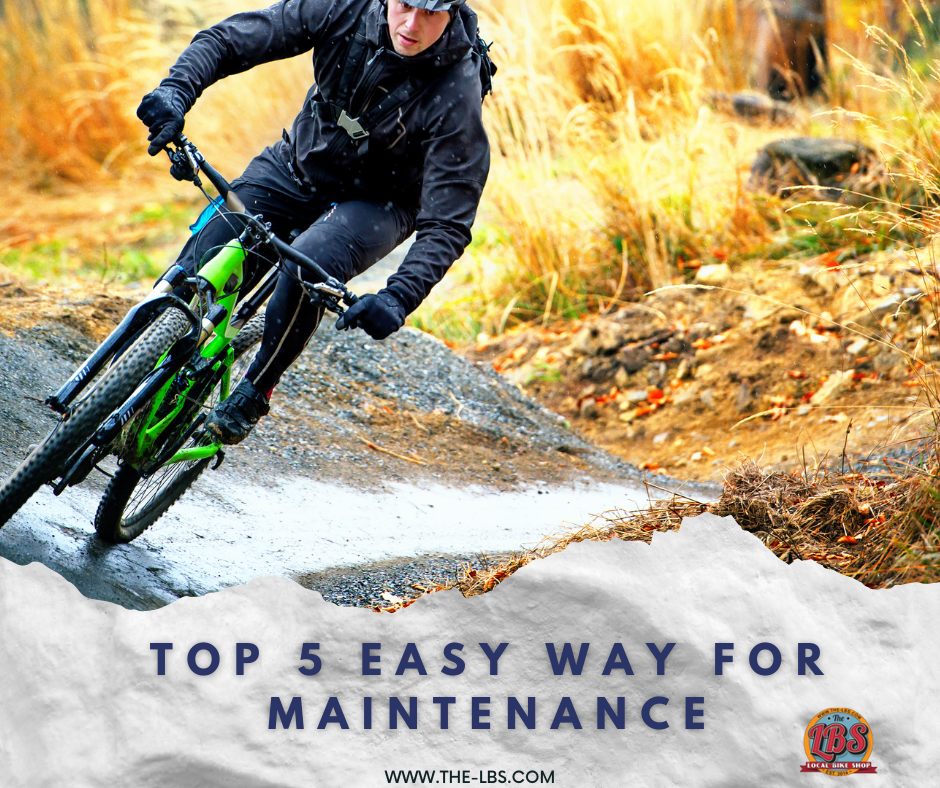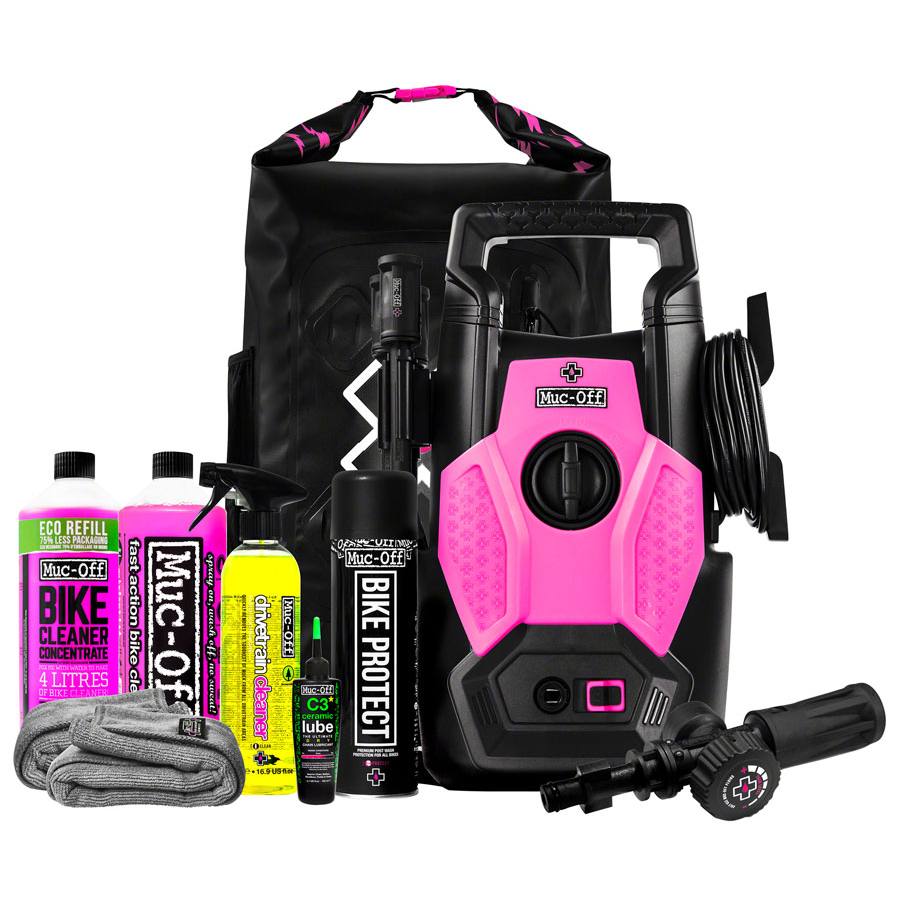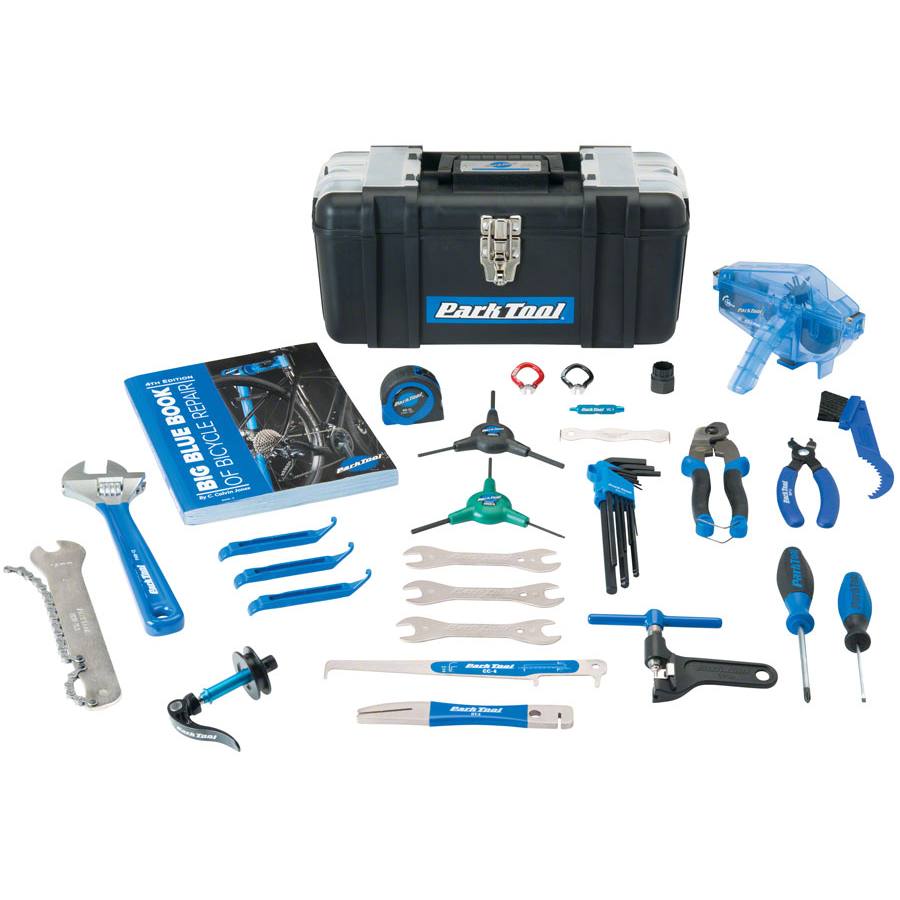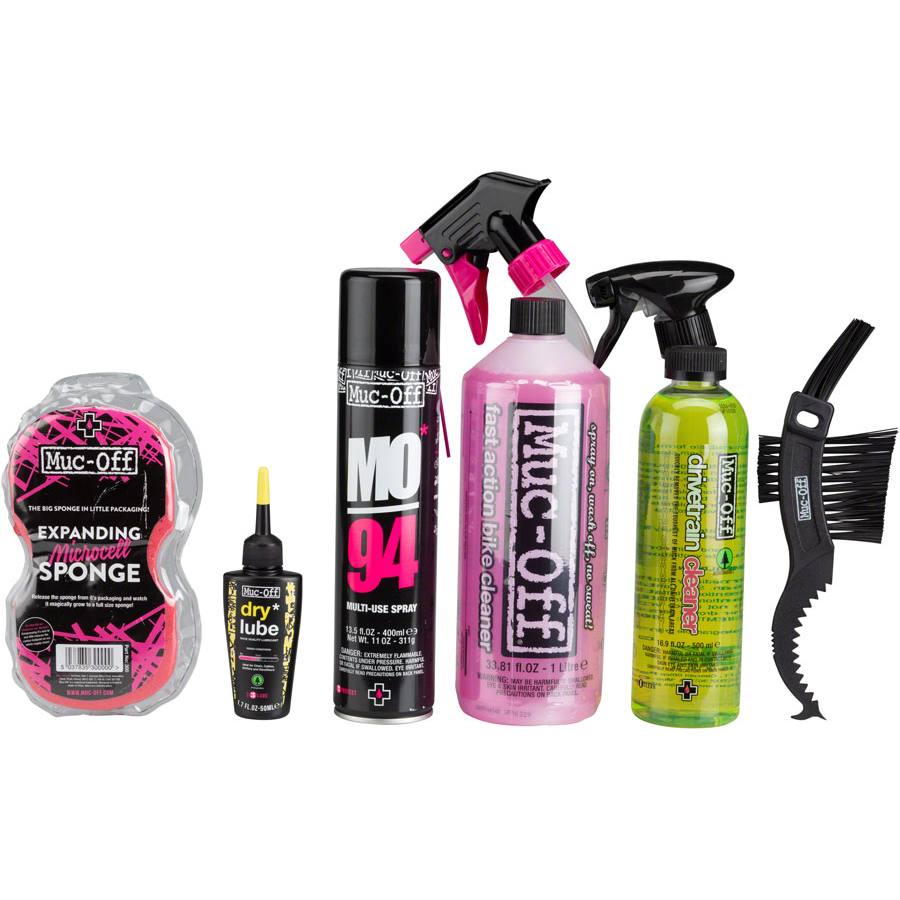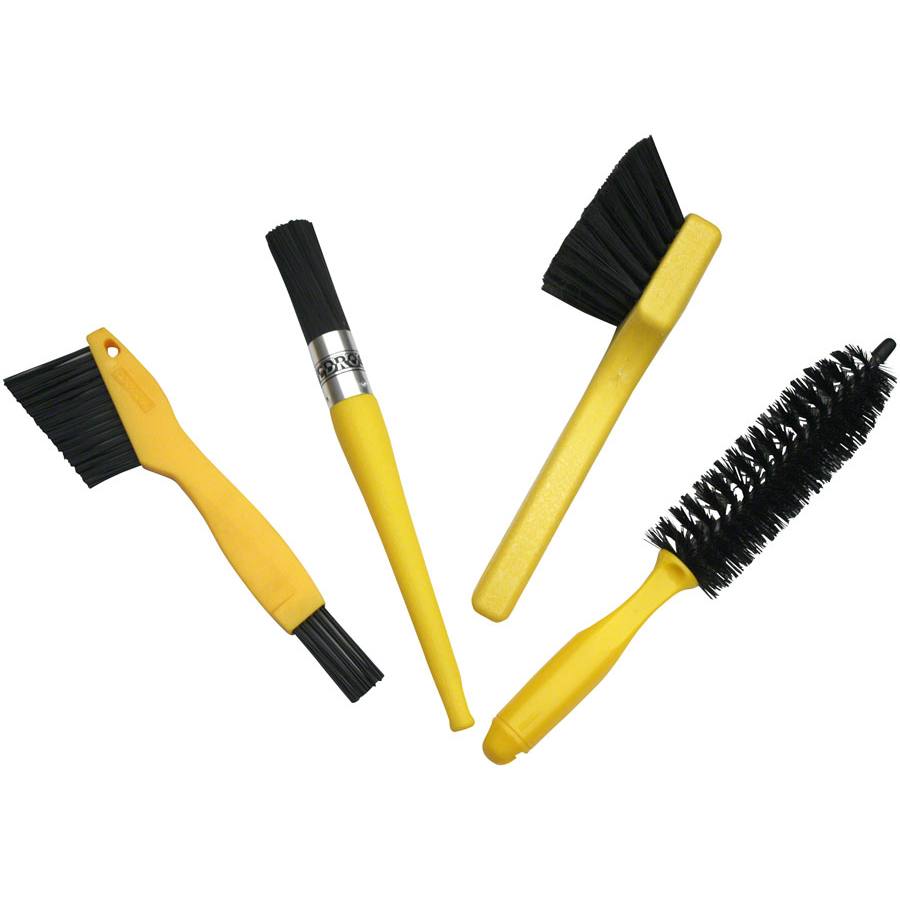Introduction: What is Mountain Bike Maintenance & Why It’s So Important
Whether you ride for leisure, commute to work, or engage in adrenaline-pumping adventures, your bicycle is more than just a means of transportation; it’s a trusty companion that takes you places. Like any loyal friend, your bike deserves proper care and attention to keep it in shape. This is where bicycle maintenance comes into play. In this blog post, we will explore the importance of bicycle maintenance and highlight the significance of regular bike servicing to ensure a smooth and safe riding experience.
The Value of Mountain Bike Maintenance
Just like any mechanical device, bicycles require regular maintenance to perform optimally. Neglecting routine upkeep can result in diminished performance, increased wear and tear, and potential safety hazards. By incorporating regular bicycle maintenance into your routine, you not only prolong the lifespan of your bike but also enhance your overall riding experience.
1. Safety First
The safety aspect of bicycle maintenance cannot be emphasized enough. Accident risk can be decreased by checking the condition of your brakes, gears, and tires. Regularly inspecting and maintaining your bike helps identify potential issues before they escalate, allowing you to address them promptly. Keeping your bike in top-notch condition creates a safer riding environment for yourself and others sharing the road or trail.
2. Smooth and Efficient Performance
Imagine pedaling with ease, effortlessly gliding through the streets, or conquering challenging terrains. Regular maintenance contributes to the smooth functioning of your bike’s components, ensuring optimum performance. Lubricating the chain, adjusting gears and brakes, and maintaining proper tire pressure are all crucial tasks that enhance the efficiency of your ride. With a well-maintained bicycle, you can enjoy smoother gear shifts, responsive brakes, and a more enjoyable riding experience overall.
3. Cost Savings in the Long Run
While some may view bicycle maintenance as an additional expense, it is actually a wise investment that saves you money in the long run. Regular upkeep and minor repairs prevent small issues from turning into major problems, which can be costly to fix. By identifying and addressing maintenance needs early on, you can avoid expensive component replacements or extensive repairs. Moreover, a well-maintained bike requires fewer repairs and replacements, allowing you to enjoy your cycling adventures without worrying about unexpected expenses.
4. Environmental Benefits
Caring for your bike through regular maintenance aligns with environmentally conscious practices. By keeping your bicycle in good condition, you extend its lifespan, reducing the need for new bike purchases. This, in turn, minimizes the consumption of natural resources required to manufacture new bicycles. By opting for bicycle maintenance, you contribute to sustainable living and promote eco-friendly transportation.
The Role of Regular Mountain Bike Maintenance
While some basic maintenance tasks can be performed at home, it is crucial to schedule regular professional bike services. Certified bicycle mechanics possess the expertise and tools necessary to perform in-depth inspections and adjustments, ensuring your bike is in optimal condition.
During a professional bike service, technicians thoroughly inspect your bike, identifying any hidden issues that may not be apparent to the untrained eye. They can fine-tune components, replace worn-out parts, and perform specialized maintenance tasks that are beyond the scope of a typical at-home maintenance routine. Regular servicing provides an extra layer of assurance, offering peace of mind as you embark on your cycling adventures.
Bicycle maintenance is not just an option but a responsibility that every cyclist should undertake. By investing time and effort into caring for your bike, you ensure its longevity, enhance your riding experience, and prioritize your safety on the road. Regular maintenance, complemented by periodic professional bike services, is the key to maintaining a well-functioning and reliable two-wheeled companion. So, let’s embark on this journey of bicycle care together and enjoy the countless benefits it brings to our cycling endeavors.
The Top 5 Steps for Your Mountain Bike Maintenance
Now that we understand the importance of bicycle maintenance let’s delve into the essential steps you can take to keep your two-wheeled companion in prime condition. These five steps encompass basic maintenance tasks that you can perform at home to ensure a smooth and reliable ride.
1. Cleaning Your Bicycle
Regularly cleaning your bicycle not only keeps it looking great but also helps prevent dirt, grime, and debris from causing damage to its components. Start by rinsing your bike with a gentle stream of water to remove loose dirt. Then, using a mild detergent or bike-specific cleaning solution, scrub the frame, wheels, chain, and other parts using a soft brush or sponge. Pay special attention to hard-to-reach areas and crevices. Rinse thoroughly and dry your bike with a clean cloth or let it air dry. Finally, apply a protective wax or polish to the frame to maintain its luster and protect it from corrosion.
Caption: Muc-Off Pressure Washer Bike Bundle
Well, if you are looking for a great mountain bike cleaning bundle, we do have in our store ! You are JUST A CLICK AWAY —— for a budget price of $319.99!
2. Inspecting Your Bicycle
Regular inspections are crucial for identifying any potential issues that may affect your ride quality or safety. Begin by checking your tires for signs of wear, cuts, or punctures. Examine the brake pads for excessive wear and replace them if necessary. Inspect the drivetrain components, such as the chain, cassette, and chainrings, for signs of wear and replace them if they are worn out. Look for loose or damaged cables, bolts, and nuts, and tighten or replace them as needed. By conducting regular inspections, you can catch problems early on and address them before they worsen.
3. Lubing the Drivetrain
A well-lubricated drivetrain is essential for smooth gear shifting and efficient power transfer. Begin by wiping off any dirt or debris from the chain using a clean rag. Apply a quality bicycle chain lubricant, focusing on each individual chain link. Allow the lubricant to penetrate the links, and then wipe off any excess oil to prevent attracting dirt. Additionally, lubricate the derailleur pulleys, cables, and pivot points. Remember to choose lubricants specifically formulated for bicycles, as other products may not provide optimal performance or could damage your bike’s components.
4. Checking Brake Systems
Properly functioning brakes are paramount for your safety on the road. Start by examining the brake pads to ensure they have sufficient thickness. If they are worn down to the wear markers or are significantly worn unevenly, replace them immediately. Check the brake cables for any fraying, kinks, or signs of corrosion. Test the brake lever action to ensure it engages smoothly and stops the bike effectively. If you notice any issues, such as spongy or weak braking, consult a professional bike mechanic for further inspection and adjustment.
5. Adjusting Derailleurs
The derailleurs play a vital role in shifting gears smoothly and accurately. Ensure that the derailleur cage is aligned parallel to the chainrings and not rubbing against them. If necessary, adjust the high-limit screw to align the derailleur properly. Then, shift to the largest chainring in the front and the largest cog in the rear, and check the alignment again. Use the low-limit screw for adjustment if needed. Finally, shift through all the gears to verify smooth and precise shifting. If you encounter any issues, consider seeking assistance from a professional bike mechanic.
By following these top five steps for mountain bike maintenance, you can keep your bike in excellent condition and enjoy a reliable and pleasurable riding experience. Remember, regular cleaning, inspection, lubrication, brake checks, and derailleur adjustments are the foundation of a well-maintained bicycle. So, take the time to care for your two-wheeled companion, and it will reward you with countless miles of joyful adventures. Happy riding!
Mountain Bike Maintenance: Bike Chain for Maximum Performance
The performance and effectiveness of your ride are directly impacted by the bike chain, which is an essential component. It must be kept clean and properly oiled to provide effortless shifting, little wear, and overall peak performance. In this section, we will explore the step-by-step process of cleaning and lubricating your bike chain, along with some effective techniques to maximum efficiency. The whole process can be followed during your mountain bike maintenance.
1. Gather the Necessary Tools
Before you begin with your regular mountain bike maintenance, ensure you have the following tools at hand:
- Chain cleaning tool or a clean rag
- Bicycle-specific degreaser
- Warm water
- Soft brush or toothbrush
- Clean, dry rag
- Bicycle chain lubricant
Credit: Park Tool AK-5 Advanced Mechanic Tool Kit
You can get this whole set of mountain bike tool kit for $339.95 —– Click here to directly go to the cart & make a PURCHASE !
2. Prepare the Chain Cleaning Solution
Start by creating a chain cleaning solution using a bicycle-specific degreaser and warm water. Follow the instructions provided by the degreaser manufacturer for the correct dilution ratio. Typically, a 1:4 or 1:5 degreaser-to-water ratio works well. Mix the solution in a small container or a chain cleaning tool with a built-in reservoir. A good start towards mountain bike maintenance.
Credit: Muc-Off Bike Care Kit: Wash and Drivetrain Essentials
For an unbelievable PRICE OF $ 54.99 , you get these elements of essential care kit. You can buy the product here >> Mountain Bike Cleaning Kit
3. Remove Excess Dirt and Grime
Use the chain cleaning tool or a clean rag soaked in the degreaser solution to remove excess dirt and grime from the chain. Hold the chain cleaning tool around the lower section of the chain, ensuring the brushes make contact with the chain’s rollers. If using a rag, hold it against the chain and rotate the pedal backward, allowing the chain to pass through the rag.
For your shining mountain bike, you do require a set of good brushes! Here we go, a set of Pedro brush for a clean performance! You can buy these for $27.99 by clicking here
4. Scrub the Chain
With the chain still wet from the degreaser solution, take a soft brush or toothbrush and gently scrub the chain to remove stubborn grime and dirt. Pay attention to all sides of the chain, rotating the pedal backward as you go. Be thorough but avoid applying excessive force, as it may cause damage to the chain.
5. Rinse the Chain
Once you have scrubbed the chain, rinse it thoroughly with clean water. You can use a gentle stream from a hose or a bucket of water. Ensure all traces of degreaser and dirt are removed from the chain. Proper rinsing is crucial, as any leftover degreaser can hinder the performance of the lubricant.
6. Dry the Chain
After rinsing, carefully dry the chain using a clean, dry rag. Ensure all moisture is removed to prevent rust or corrosion. Take your time and make sure the chain is dry before proceeding to the next step.
7. Apply Chain Lubricant
Now it’s time to apply a high-quality bicycle chain lubricant. Choose a lubricant specifically designed for bicycle chains, as general-purpose lubricants may attract more dirt and grime.
Hold the lubricant bottle near the chain and rotate the pedal backward, allowing the chain to pass through the lubricant. Focusing on each individual chain link, lubricant should be applied to the chain in a thin, equal layer.. Be cautious not to over-lubricate, as excess lubricant can attract dirt and create a messy buildup.
8. Wipe off Excess Lubricant
After applying the lubricant, use a clean rag to wipe off any excess lubricant from the chain. This step is crucial to prevent the accumulation of dirt and grime on the chain, ensuring optimal performance.
9. Allow the Lubricant to Settle
Allow the lubricant to settle on the chain for a few minutes. This allows it to penetrate the chain’s rollers and provide adequate lubrication to minimize friction.
10. Test and Re-apply as Needed
After the lubricant has settled, shift through your gears and pedal the bike to distribute the lubricant evenly. Observe the shifting performance and listen for any unusual noise. If necessary, reapply a small amount of lubricant to areas that appear dry or require additional attention.
By following these steps and incorporating regular chain maintenance into your regular mountain bike maintenance, you can maximize the efficiency and longevity of your bike’s drivetrain. Remember, a clean and well-lubricated chain enhances your riding experience and contributes to your bicycle’s overall performance and longevity. So, invest some time in maintaining your bike chain, and you’ll be rewarded with smoother shifts, increased efficiency, and a more enjoyable ride every time you hop on your bicycle.
How to Maintain Your Bike Tires & Wheels
Mountain bike maintenance for your bike tires and wheels is essential for a smooth and safe ride. This should actually be on your regular mountain bike maintenance work! Neglecting their maintenance can lead to reduced performance, increased risk of punctures, and compromised handling. This final section will explore some critical steps for mountain bike maintenance i.e., bike tires and wheels to ensure optimal performance and longevity.
1. Regularly Check Tire Pressure
Maintaining proper tire pressure is crucial for a comfortable and efficient ride. Use a tire pressure checker or gauge to measure the pressure in your tires. Refer to the manufacturer’s recommendations, usually imprinted on the sidewall of the tire, for the appropriate pressure range. Under-inflated tires can increase rolling resistance and make pedaling more difficult, while overinflated tires can lead to reduced traction and a harsh ride. Check tire pressure regularly and inflate them to the recommended levels for optimal performance in your mountain bike maintenance period.
2. Inspect Tires for Wear and Damage
Regularly inspect your bike tires for signs of wear and damage. Look for cuts, cracks, bulges, or embedded objects like glass or nails that could lead to punctures. If your tires are excessively worn or damaged, replace them promptly to maintain optimal traction, control, and resistance against flats. You can change it during your mountain bike maintenance routine and get a fresh one to take them on your next trail.
3. Keep Tires Clean
Clean tires look great and help prevent debris from causing damage. Regularly wipe down your tires with a damp cloth to remove dirt, grime, and road debris- as part of mountain bike maintenance. Please also pay attention to the sidewalls, as they can accumulate dirt and attract moisture. Keeping your tires clean also allows you to inspect them more effectively for any signs of wear or damage. A must for a smooth performance, you can add this your regular mountain bike maintenance regime!
4. Maintain Proper Wheel Alignment
Check the alignment of your bike wheels to ensure they are straight and true. Spin the wheels and observe if there are any wobbles or uneven movements. If you notice any significant deviations or if your wheels constantly rub against the brake pads, it may be necessary to have your wheels trued by a professional bike mechanic. Or if you can yourself fix it, you can work on this one, during your routine mountain bike maintenance. Properly aligned wheels ensure a smoother ride, improve handling and prevent premature wear on the tires.
5. Protect Against Punctures
Punctures are an inevitable part of cycling, but there are steps you can take to minimize the risk. Consider using puncture-resistant tires or tire liners that provide extra protection against sharp objects. Additionally, regularly inspect your tires for embedded debris and remove them promptly to prevent further damage. Proper inflation and avoiding rough road surfaces can also help reduce the risk of punctures. Care your tyres for better performance — a must check out during your regular mountain bike maintenance.
Conclusion
Maintaining your bike tires and wheels is vital for a safe, comfortable, enjoyable cycling experience. By regularly checking tire pressure, inspecting for wear and damage, keeping them clean, maintaining proper wheel alignment, and protecting against punctures, you ensure optimal performance and longevity for your bike. So yes, while you continue to hit the tracks, you need to also invest on the mountain bike maintenance !
Remember, a well-maintained bike enhances your riding experience and contributes to your safety on the road. So, take the time to care for your tires and wheels, and they will reward you with smooth rides and worry-free adventures. Happy cycling & do take the necessary approach towards the regular mountain bike maintenance.

